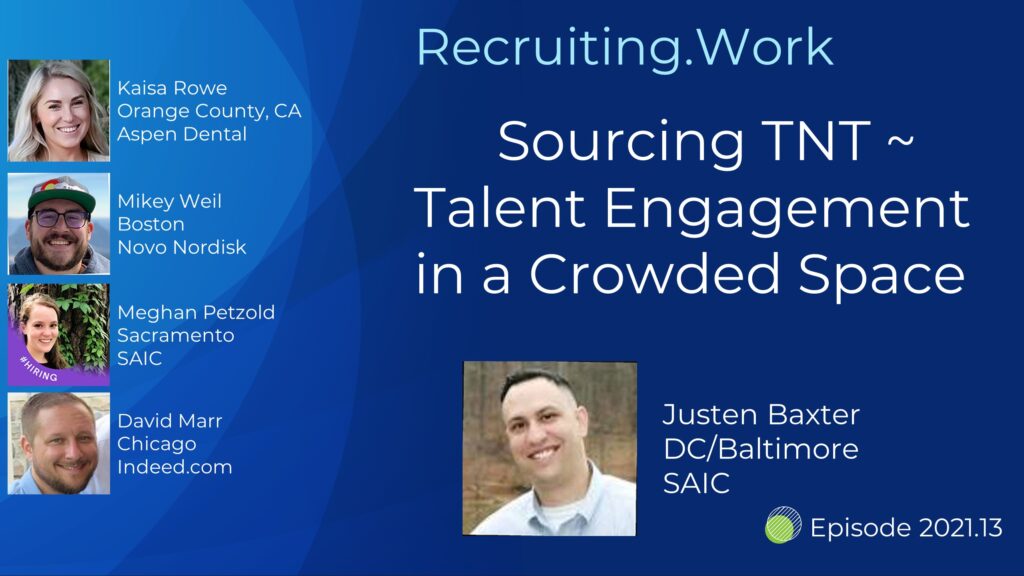Assign Talent Pipelines to All Requisitions
My Challenge to Staffing Leaders: Assign a Talent Pipeline to Every Job Requisition.
In order to have a long-term and strategic recruiting plan, recruiting teams need to prepare for the future. By that, I mean a team should have defined and “ready to go to” talent pipelines, no starting from scratch sourcing efforts every time you get a new req. These pipelines are made up of pre-existing relationships that you have with candidates.
So, these candidates have expressed interest previously and your recruiters have qualified them in some manner previously. Now, it’s just a matter I’m getting the right timing in regards to your open reqs and their availability.
These pipelines should contain the type of talent that your company needs both on an ongoing basis and the hard to find type of talent. This can include both high-volume and low-volume type of recruiting. Be sure to define your pipelines with items like Job Family/Function, Job Level, Key Skills, Locations, etc. Also, remember that candidates could possibly belong to multiple talent pipelines.
Now, for the challenge…
To help you build a structured talent pipeline plan within your team, a great way to take the first step is to require every requisition have a talent pipeline associated with it.
The reason to make this requirement is to get your recruiters to start to not only think about talent pipelines, but also to create and refine their pipelines.
In the beginning, of course, you will have very few qualified and interested candidates in your pipelines. That comes with time. As a staffing leader, you will start to see more structure around the talent needs of your company just by reviewing the pipelines that your recruiters create and how they are defined.
Once your lists of pipelines are defined and created, this is the place where you put all of those candidates that you want to continue a long-term relationship with. No more spreadsheets, no more recruiters having their own lists. Rather, move your recruiting team to a shared and collaborative model of staffing.



